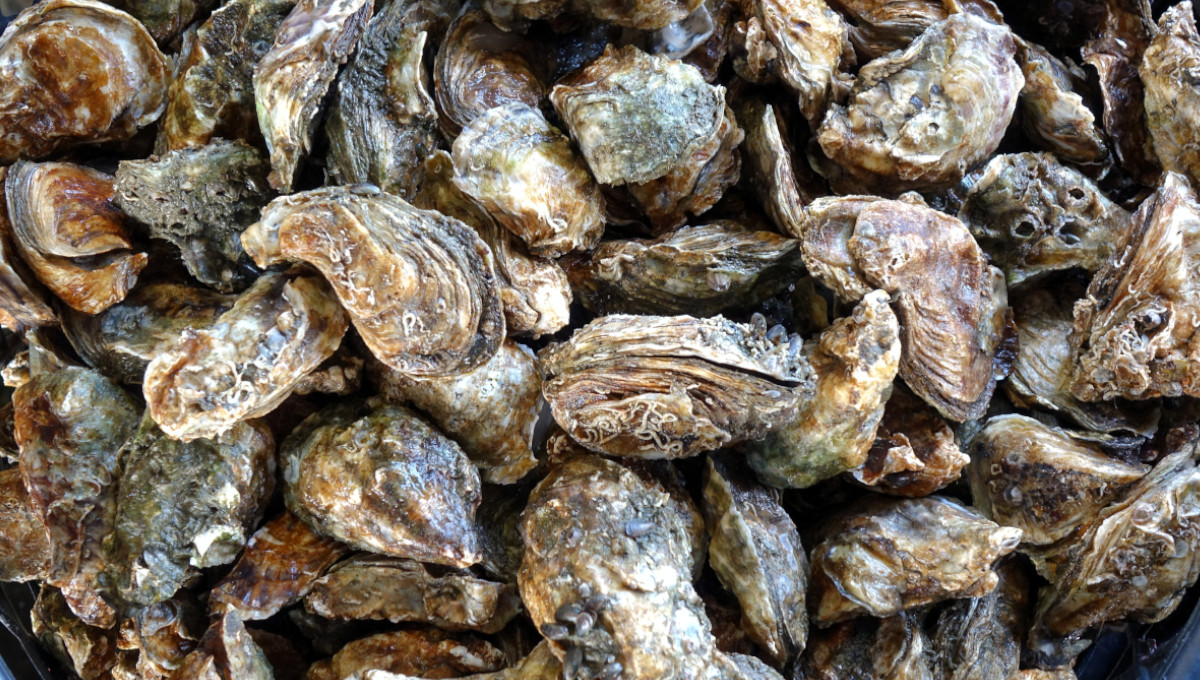Controls in EU countries on bivalve mollusks are not always adequate to protect consumer health, according to the European Commission.
Bivalve mollusks include mussels, clams, oysters, and scallops. France, Spain, Italy, and Greece make up more than 80 percent of the production in Europe, mostly from aquaculture.
They feed by filtering algae from surrounding water and can accumulate microorganisms and chemical contaminants. Some algae species produce marine biotoxins, which build up in the tissues of bivalve mollusks and when above certain levels, can lead to illness in humans.
The EU Commission gathered information from 15 bivalve mollusk-producing member states, through four audits and 11 questionnaire replies, as well as other publicly available data, and published an overview report.
National agencies are responsible for controlling areas where bivalve mollusks are produced and harvested.
Microbial issues
EU legislation addresses the microbiological risk by requiring the classification of areas where mollusks are harvested. Production areas must be listed as Class A, B, or C depending on their microbial contamination status, using E. coli as an indicator of fecal contamination. Classification determines the post-harvest treatment.
Earlier this year, at least 170 people fell ill in Finland after eating oysters in various restaurants in February and March. Also, in March, Norovirus in mussels sickened seven people in Sweden. Norovirus in oysters from France affected three, and 15 illnesses were linked to oysters from the Netherlands. Twenty people were ill in Belgium in February with norovirus in oysters from France. Oysters caused two outbreaks in Denmark from late 2022 to early 2023 – the first had 19 patients, and 73 people were sick in the second.
The report found most countries keep up-to-date lists of classified production areas, but there are major differences in the development of sanitary surveys. In some cases, reviews of classification areas disregarded results that exceeded the criteria or were based on findings from operators’ checks without following EU rules for the use of this data.
Some member states only monitor the microbial quality of production areas during harvesting periods, which is not in line with EU rules. Other issues include the selection of sampling points and indicator species.
Common shortcomings in survey quality related to failing to demonstrate the representativeness of sampling sites, not including sampling frequency recommendations or the species and points to be sampled, said the EU Commission.
Acting on findings
Monitoring of classified production areas for biotoxins is often not in line with EU requirements, mostly because of the frequency and type of biotoxins tested. The EU Reference Laboratory (EURL) for Marine Biotoxins is working on a guide for monitoring biotoxins in bivalve mollusk harvesting areas.
Member states usually take action when their monitoring tests indicate a potential risk to health. However, weaknesses in the system sometimes impact the timely detection of certain risks or delay the response to them.
Countries generally follow the requirements in legislation for reopening production areas that were closed because of monitoring results. However, several do not consider relevant data during the review of classifications.
Recalling bivalve mollusks that may pose a risk to consumers seems to be a problem, partly because of the perishable nature of the products when they are placed on the market alive, according to the report.
The EU Commission intends to conduct more audits of other bivalve mollusk-producing member states. Current discussions focus on improving the traceability of shellfish destined for purification or exchange between nations and possibly revising the biotoxin content in shellfish.
(To sign up for a free subscription to Food Safety News, click here.)

